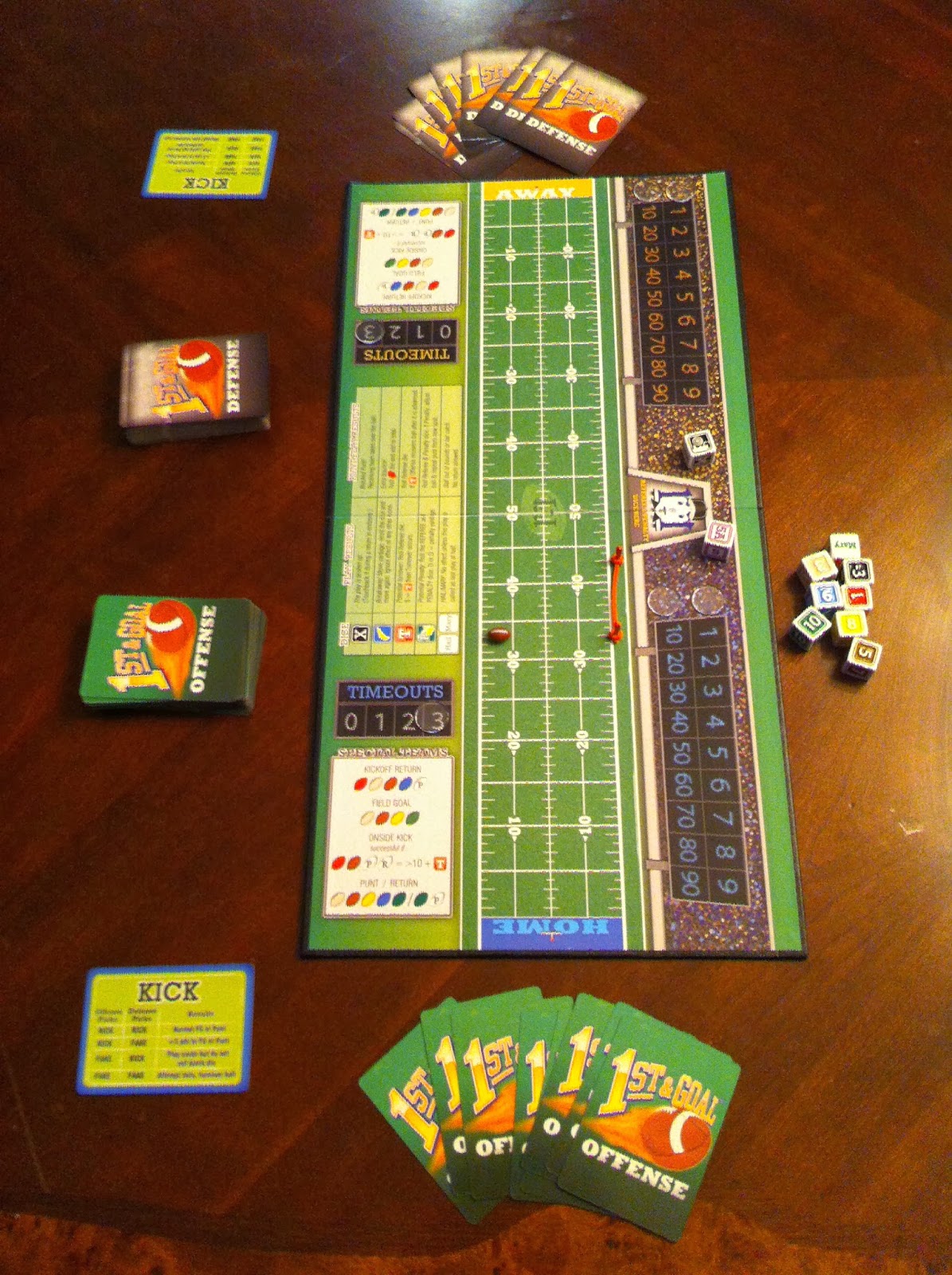In this episode of the show, we do our first "First Play"! We look at teaching Settlers of Catan for the first time. What are some rules that are particularly hard to understand for first time players? We look to provide some tips and tricks for presenting this classic gateway for the first time. We end the episode with our customary review. This week we look at Wrath of Ashardalon and Legend of Drizzt, two games in the D&D Adventure Series. Enjoy!
Wrath of Ashardalon and The Legend of Drizzt both come from the D&D Adventure Series of games which also includes Castle Ravenloft. These games all play the same, but provide different heroes, monsters, scenarios, and cards to work with.
Some of the hero miniatures that you might see in these games.
Each game comes with a "boss monster". The dragon comes with Ashardalon, while the Baelor demon is in Legend of Drizzt.
They weren't kidding around when they made these models. This comparison shot shows you exactly how much bigger the bosses are than other models.
And here is a smattering of enemy creatures. These models come in a variety of different colors which makes them easy to tell apart on the table.
A couple of the character cards which show starting health, Armor Class, abilities, and other stats. If you manage to level up, you simply flip this card over to show your level 2 side.
Each class has a selection of cards from which to choose abilities at the start of the game.
The game, setup for two players. The "Healing Surge" disks to the left are used if a player is killed. One disk is spent to heal the player and the game continues. If all disks are gone when a player dies, the game has been lost.
The game might look something like this after a couple of turns. Watching the dungeon expand is one of the most entertaining aspects of the game.
These decks will, in the course of a single game, destroy and rebuild you in their image.
There are some good things in the treasure deck.
But the monsters and encounters more than make up for any gains you might be able to make.
Health tokens for the players.
And some very cool health markers for the enemies. They wrap around the miniature's base so that you can easily see damage at a glance.
































